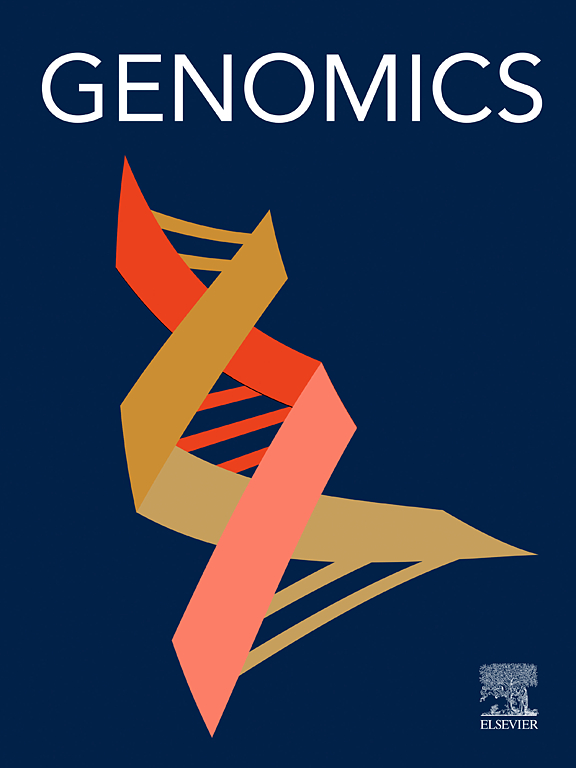通过Dap12-Syk-PI3K途径调控trem2依赖性Insl3:隐睾的一种新的致病机制
IF 3
2区 生物学
Q2 BIOTECHNOLOGY & APPLIED MICROBIOLOGY
引用次数: 0
摘要
隐睾,影响1 %-9 %的男性新生儿,是最普遍的先天性泌尿生殖系统异常之一。研究强调,间质细胞衍生的胰岛素样3 (Insl3)在睾丸下降的初始阶段起关键作用。然而,Insl3降低的致病机制尚不清楚。在这里,我们发现骨髓细胞上表达的触发受体-2 (Trem2)在巨噬细胞-间质细胞通讯中起中心介质作用,通过Insl3调节影响睾丸下降。在隐睾男孩中,睾丸中的Trem2明显下调。63.16 %的Trem2-/-小鼠出现隐睾、精子运动和形态异常,并伴有间质细胞和Insl3的减少。体外对人睾丸培养物的研究也显示Trem2的表达与Insl3的表达呈正相关。从机制上讲,酮康唑通过抑制Trem2-Dap12-Syk-PI3K轴而升高TNF-α,最终破坏间质细胞总数和Insl3表达。总的来说,这些发现揭示了Trem2作为insl3依赖性睾丸下降的旁分泌前哨,从而减轻了隐睾。本文章由计算机程序翻译,如有差异,请以英文原文为准。
Trem2-dependent Insl3 regulation via Dap12-Syk-PI3K pathway: A new pathogenic mechanism in cryptorchidism
Cryptorchidism, affecting 1 %–9 % of male neonates, represents one of the most prevalent congenital genitourinary anomalies. Studies highlighted Leydig cell derived insulin-like 3 (Insl3) as pivotal in the initial phase of testicular descent. However, the pathogenic mechanisms underlying decreased Insl3 remain poorly elucidated. Here, we showed that triggering receptor expressed on myeloid cells-2 (Trem2) acted as a central mediator in macrophage-Leydig cell communication, influencing testicular descent via Insl3 regulation. In boys with cryptorchidism, Trem2 in testes was markedly downregulated. 63.16 % of Trem2−/− mice exhibited cryptorchidism and abnormal sperm motility and morphology, concomitant with decreased Leydig cells and Insl3. In vitro studies using human testicular cultures also revealed that Trem2 expression positively correlated with Insl3 expression. Mechanistically, ketoconazole elevated TNF-α due to suppression of the Trem2-Dap12-Syk-PI3K axis, ultimately disrupting total Leydig cell number and Insl3 expression. Collectively, these findings unveil Trem2 as a paracrine sentinel for Insl3-dependent testicular descent, thereby mitigating cryptorchidism.
求助全文
通过发布文献求助,成功后即可免费获取论文全文。
去求助
来源期刊

Genomics
生物-生物工程与应用微生物
CiteScore
9.60
自引率
2.30%
发文量
260
审稿时长
60 days
期刊介绍:
Genomics is a forum for describing the development of genome-scale technologies and their application to all areas of biological investigation.
As a journal that has evolved with the field that carries its name, Genomics focuses on the development and application of cutting-edge methods, addressing fundamental questions with potential interest to a wide audience. Our aim is to publish the highest quality research and to provide authors with rapid, fair and accurate review and publication of manuscripts falling within our scope.
 求助内容:
求助内容: 应助结果提醒方式:
应助结果提醒方式:


